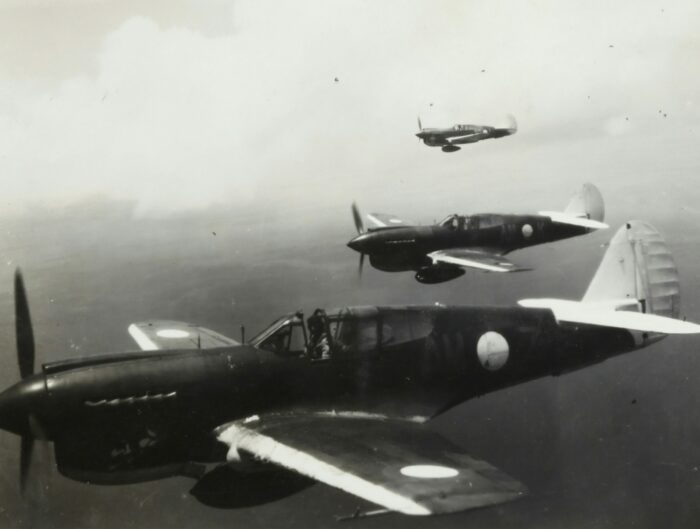I wrote a story about a dystopian future in which nations no longer exist, only marauding groups that travel the land with no regard for borders, looking for resources. No one establishes in any one place for very long. What binds these groups together is not a place of birth or religion or even similar appearance, but shared interests and skill sets. The three main characters in the story come from three groups: fashion, carpentry, and music. Conflict, conflict, conflict, climax, where the three main characters have to get their groups to work together in order to save everyone. My first attempt at writing anything since my early twenties.
And it was stolen from my bag.
I wrote it longhand on scrap paper and left it in my classroom. I made it easy.
I was not sure who would even care to steal from me. Then the students found a way to let me know.
Our school gradually descended into a subtle chaos no one knew how to handle because the students technically did nothing wrong. Although the ones who brought saws to school, reappropriating the wooden benches in the yard, were given stern warnings. The wood carvings the carpenters made were shockingly good. My favourites were the species-specific representations of trees, leaves and bark included, lining the walkway to the front entrance of the school carved from recycled wood. Teenagers are forever champions of irony.
The echoey hallways vibrated at every recess and lunch hour with the sounds of acoustic guitars and mandolins, at least two violins, and a variety of hand drums. Almost all of it improvised, loopy, and compellingly dissonant. I think several instruments were made by the carpenters. Somehow, the songs always struck the right mood. I nearly cried alone in my classroom, listening to the haunting melodies the group created to commemorate the breakup of one of the most popular couples in school, two handsome academic all-star boys who, and this is a ridiculous thing for an adult to say, really seemed like they could be together forever. But these things happen. One half of the couple aligned with the carpenters, the other with the fashionistas.
In some ways, the fashion group impressed me most of all. Working exclusively from the school’s grey, red, and black color scheme, they managed to coordinate at least one item per day into these increasingly elaborate hallway fashion shows. Matching ties with unusual knots, various styles of hats with custom buckles (again, I think carved by the carpenters), extra-large black cardigans with embroidery filling the back, outlining the entire history of how my fictional world crumbled and split off into these hobby-based factions. Every student’s sweater telling a different part of the story, some of which I recognized from my own telling, other parts added to fill in plot holes. On one occasion, they used the colours of their outfits to elaborate on the story’s origins. Solid colours on top, but as you looked down towards their feet, the colours blended and then dramatically separated, having made different tones and shades of the initial colours. I took it to represent the way the world was, the resulting chaos, then the splitting of the population once again, but not quite as it was. No one is selling these outfits. As hard as it was to believe, these students were making the clothes and dyeing the fabric themselves.
❦
The school administration wanted to say something, but since most students were still getting their work done and respected the school’s schedule, they couldn’t quite figure out how to frame their complaint. Parents frequently called the office, increasingly concerned at the intensity of their children’s interest, wondering how much longer this project was going to last. Imagine their surprise when we told them it was not our initiative but the students’ own.
I still couldn’t bring myself to ask the question: Did my story start all of this? The scale became so enormous, schoolwide really, that it seemed self-aggrandizing to think I had anything to do with it.
I asked three of my students, Jennifer, Rachel, and Ravi, to stay behind after science class.
I recognized myself in these three. The sense of style based in carefully choreographed disorganization, permeating everything about them, even the way they move. The music they listen to, the movies they watch, the books they read, relevant because of their quality but also because they are important to only a small group of like-minded individuals. I know they see themselves as my equal, but with the condescending superiority of youth. It’s practically their right at that age. That I can keep up with them lends to my credibility.
Ravi was whittling a molecular model of water out of cedar, Rachel was plucking a ukulele, and Jennifer was sewing silver-dollar-sized black buttons marbled with veins of bright red onto a fitted blazer. Each playing their role beautifully. They hadn’t said a word to me and didn’t seem as though they would. I had my questions, but it occurred to me that I didn’t really know what I would do with the answers. So I asked one question. The silliest, most indulgent question. It was the only one that mattered.
“Jen, Rachel, Ravi, I really can’t tell anymore. Did any of you like the story at all?”
They all stood without a word. Jennifer put on the blazer, the glossy buttons catching the bright lights of the classroom. Rachel did a little dance as she musically accompanied her own exit. And Ravi, right before leaving, put the now-completed water molecule down on my desk.
It was as much of an answer as I was going to get.
I put my head down on my desk and drifted off to the sounds of one of the music group’s more soothing lunchtime melodies. ◆


